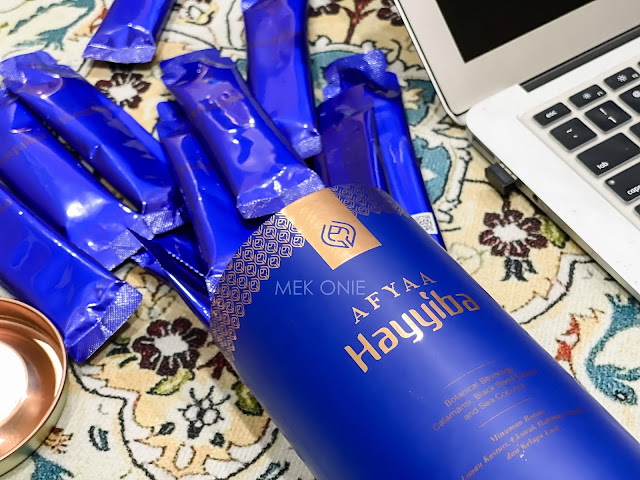THE ANSWER TO WHETHER YOU SHOULD STILL INVEST IN ISKANDAR IS HERE
The answer to whether you should still invest in Iskandar is here | What is Iskandar?
Iskandar Malaysia is the main southern development corridor in Johor, Malaysia.
The Iskandar Malaysia was established on 8 November 2006. The project is
administered by Iskandar Regional Development Authority (IRDA) and was named
after the 24th and fourth Sultan of Johor, Almarhum Sultan Iskandar ibni
Almarhum Sultan Ismail. Recently, there are a lot of articles suggesting
prospective investors to consider to invest their money in this prime location
for future growth. There are a lot of projects being launched in the market by
powerhouse developers such as Sunway and others. Grid Residence Sunway Iskandar, is one of such property being launch in the
market to cater to the demands of the township development.
- Is there an oversupply in the current market?
Iskandar Malaysia
(IM) is currently in a state of oversupply, sharing the same fate as the
current market in Singapore. Rental yields have dropped across the board as
competition for tenants intensify. A terrace house in Horizon Hills could fetch
a monthly rent in the RM3,000 range 2 years ago, but the figure has now dropped
to the RM2,000 range. Tenants have a broad choice of options and thus have the
upper hand in negotiation. Despite having plenty of new launches in the market
such as Grid Residence in Sunway Iskandar, the situation does not seem positive
for future investors without holding power.
Despite the fact
that there is an oversupply of properties in Iskandar, it does not mean that
demand for rental is low. In fact, IM's population has been growing steadily at
an annualized 7% per annum compared to just over 1% per annum in Singapore.
This has been driven by new job creation for both locals and foreigners with
Johor's economy being the second fastest growing state by Gross Domestic
Product (GDP) in Malaysia. So where lies the problem?
The first problem
is the properties on offer do not match most tenant’s profile. The income disparity between the tenants and the choices of
properties available in the market are huge, meaning not all options in the
market might suit the potential tenants. For example, Malaysians (earning in
MYR) migrating from Kuala Lumpur to work in IM will unlikely rent a luxury
high-rise unit in Danga Bay or Sunway Iskandar. They will opt for a mass market
apartment or a landed home in the suburbs. These property segments will hence
perform much better and are largely resilient. In return, luxury properties or
the mid-high-end market do not perform as well as the supply-demand dynamics
are less in their favor.
The second
problem is that many localities that were popular with Singaporean buyers in
the past few years are effectively still construction sites. It is quite common
to see recently completed condominiums sit next to other under-construction
projects that make the area quite difficult to live in at this point. Not only
the conditions are difficult to live with, most of the amenities that comes as
the plus point for purchasing the property in the first place would probably
not completed yet. Areas such as Medini, Puteri Harbour, Danga Bay and Sunway
Iskandar are still new and developing, hence there is a lack of amenities or
services required to service a stable population.
- Investor’s problems are occasionally, self-inflicted.
Poor property
management habits is one of the few reasons why some investors are failure to
capture the market quickly. This habit is rather apparent with Singaporean
investors. Upon completion of the property, these Singaporean owners are always
the slowest to do the following - collecting the keys, reporting any defects,
furnishing/ renovating, passing keys to property agents and consequently the
slowest to get tenants or viewings.
In addition, some
owners are not even interested to do anything with the property. Many landlords
leave the properties empty for months if not years – they make little effort to
dress up the property, doing zero value adding activities while expecting
property agents to perform miracles. Any potential buyer or tenant will be
turned off and given the choices in the market today, they would have little
reason to choose a poorly managed or unfurnished property.
- New Incoming Supply Will Taper Off From 2018 Onwards
The poor primary
market performance has caused many developers to hold off new launches. There
is no point launching new properties at current market where most buyers could
probably not able to afford. Most of the incoming supply will be completed by
end 2018 and thereafter, new supply will drop significantly, very much
mirroring Singapore's own situation.
New launches
today are driven mainly by mass market properties that rarely target
Singaporean based buyers and other foreign buyers.
Given such
economic conditions, this would be a good time to start bargain hunting -
prices have remained somewhat flattish over the past 2 years and as properties
come into the market, bargain hunters start to sniff out choice units that can
be bought at a good price and held over the longer term. Well-located freehold
landed properties are still attracting quite a huge amount of interest as they
are still a fraction of what it costs in Singapore. Buyers now consist of local
upgraders, weekend homebuyers or retirement home buyers with longer investment
timeframes.
- IM's Economic Prospects Are Bright And Getting Stronger
Johor is still
the state with the highest manufacturing investments in Malaysia for the past 4
years; industrial land and properties in good locations are seeing a strong
take-up as IM offers an attractive combination of low operating cost and a
strategic location. The latest to migrate from Singapore to IM will be carmaker
Volvo's regional aftersales operations joining BMW that has similar operations
in IM for several years already.
Other strong
economic indicators are seen in tourism, retail and construction sectors, all
of which are doing well in IM. As incomes and population rise, there is an
influx of new service operators to meet the demand of a more discerning
consumer. The popular township of Bukit Indah now boasts a growing Korean and
Chinese population, with Korean hair salons and BBQ restaurants coming up
alongside Chinese hotpot restaurants. IKEA has chosen Johor Bahru as the site
of its third store in Malaysia and will open in late 2017.
When construction of the High-Speed Rail and RapidTransit System
commence in the next 1-2 years, confidence in the economy can only improve. The
need for it remains as strong as ever, traffic on the two links are still as
bad as it was despite toll fare increases 2 years ago. If you are an investor
with a 5-10 year timeframe, there is only 1 direction for IM, and that is up.













oh.. baru paham hehe
BalasPadam